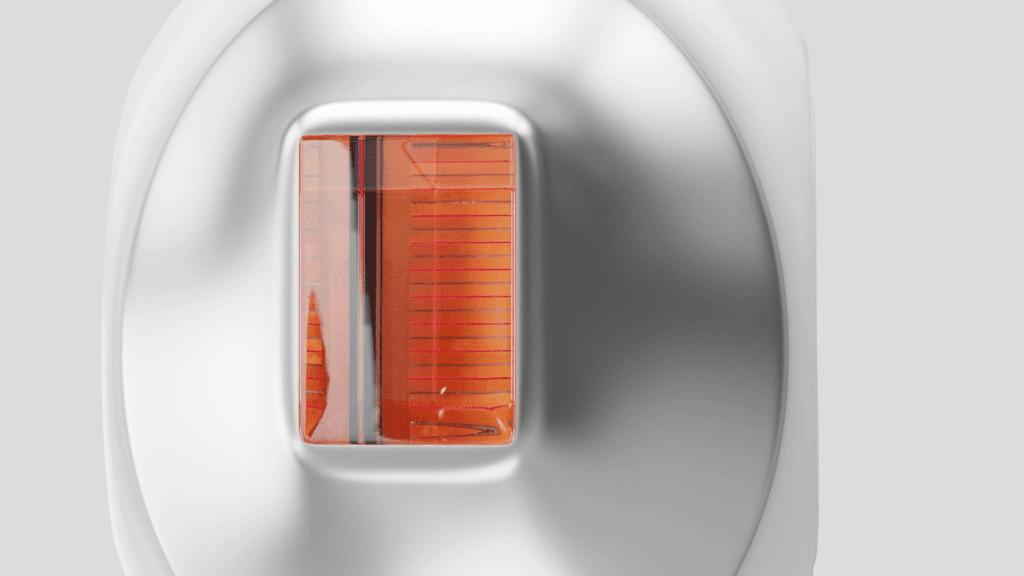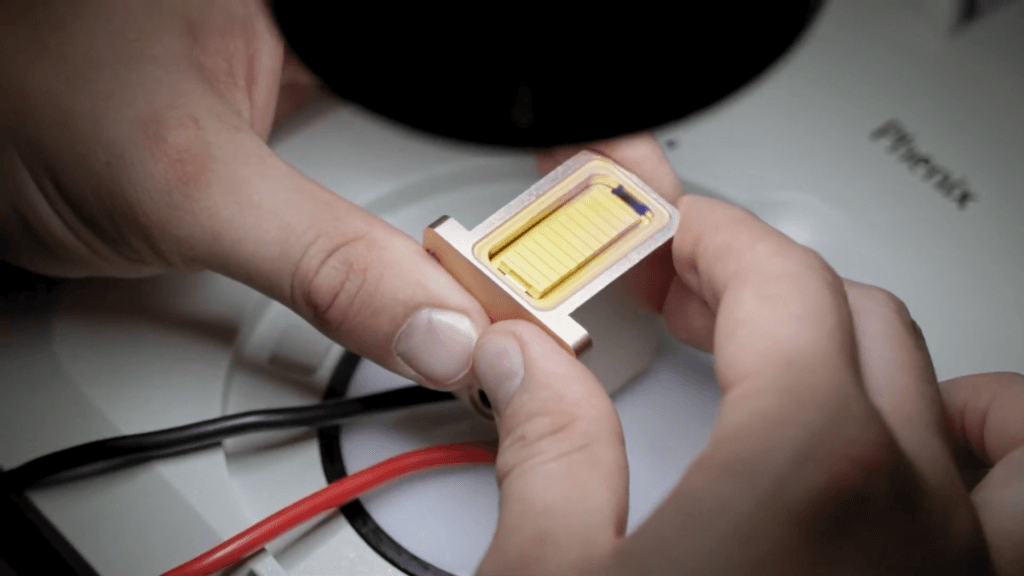In the evolving world of cosmetic treatments, diode laser hair removal has emerged as a leading solution for those seeking long-lasting results. However, the success of this procedure relies heavily on understanding a critical parameter: fluence, also referred to as energy density. For those considering diode laser hair removal, grasping the significance of fluence can make the difference between satisfactory results and disappointment.
Understanding Fluence: The Cornerstone of Laser Hair Removal
Fluence is essentially the concentration of light energy delivered to the skin, measured in Joules per square centimeter (J/cm²). This parameter dictates the effectiveness of the treatment by determining how much energy is applied to the skin to generate the necessary heat for damaging hair follicles. While other factors like wavelength and pulse width play roles, fluence is the most decisive factor in achieving successful hair removal.
The concept of fluence is akin to focusing sunlight through a magnifying glass. When spread over a large area, the sunlight is warm but not intense enough to cause significant change. However, when concentrated through a magnifying glass, the same sunlight can generate enough heat to start a fire. Similarly, in laser hair removal, fluence concentrates light energy to effectively target hair follicles.
Why Fluence Matters
The principle behind diode laser hair removal is to target and destroy hair follicles without damaging surrounding tissues. This requires a precise concentration of energy. If the fluence is too low, there won’t be enough heat to affect the hair follicles effectively. Conversely, too high a fluence can lead to collateral damage to the skin. Therefore, selecting the correct fluence is crucial to “cooking” the follicle germ cells at their specific depth. The depth and density of hair follicles vary among individuals, making it essential to customize fluence settings for each treatment. This customization ensures that the energy penetrates to the right depth, effectively targeting the follicles while preserving the integrity of the surrounding skin.
The Challenge with Light Hair
One of the challenges in laser hair removal is treating lighter hair colors, such as blonde, grey, or white. These hair types lack sufficient melanin, which is necessary for the laser’s heat to travel down the follicle. In such cases, higher fluence levels are required, but this increases the risk of damaging the epidermal basal layer. As a result, light-based treatments often struggle to effectively remove lighter-colored hair without causing excessive skin damage.
Moreover, the presence of less melanin means that the laser’s energy is less likely to be absorbed by the hair follicle, reducing the treatment’s effectiveness. This is why selecting a device with a high energy capability is crucial for those with lighter hair, as it can help compensate for the lower melanin levels.
The Importance of Energy Capability
When evaluating diode laser systems, it’s essential to focus on energy capability, measured in Joules, rather than output power in Watts. Output power only reflects the electrical consumption of the device, not its effectiveness. Energy density, on the other hand, directly correlates with the laser’s ability to generate the necessary heat for hair removal. This is why low-end diode lasers, which often lack sufficient energy density, can lead to subpar results, particularly with light hair.
Energy capability is a measure of the total energy delivered by the laser system. A higher energy capability means that the laser can deliver more energy per pulse, increasing the fluence and improving the treatment’s effectiveness. For clients with darker skin tones or lighter hair, this increased energy capability is particularly important, as it allows for more precise targeting of hair follicles.
Choosing the Right Equipment
For successful and satisfying permanent hair removal, selecting a diode laser system with high energy capability is paramount. A device that delivers a robust energy density ensures that enough energy reaches the hair follicles to achieve the desired outcome. Without the right equipment, even the most skilled laser hair removal specialist will struggle to deliver effective results.
When choosing a diode laser system, consider factors such as the device’s energy capability, spot size, and cooling technology. A larger spot size can cover more area in a single pass, reducing treatment time, while advanced cooling systems help protect the skin from excessive heat.
Prof Beauty: Leading the Way in Energy Capability
Among the various options available, Prof Beauty stands out with its superior energy capability. Offering an impressive 220 Joules, Prof Beauty’s diode laser systems provide the highest energy density on the market. This ensures that clients receive the most effective treatment possible, maximizing the chances of successful hair removal.
Prof Beauty’s commitment to innovation and quality means that clients can trust their diode laser systems to deliver consistent, reliable results. With a focus on safety and efficacy, Prof Beauty’s devices are designed to meet the needs of both practitioners and clients, ensuring a positive experience for all.
The Path to Effective Hair Removal
In summary, fluence is the key to unlocking the full potential of diode laser hair removal. By understanding and prioritizing energy density, buyers can make informed decisions and select the best equipment for their needs. With Prof Beauty’s unparalleled energy capability, achieving smooth, hair-free skin is within reach for all clients.
For those considering diode laser hair removal, it’s important to partner with a knowledgeable practitioner who understands the nuances of fluence and energy capability. By choosing the right equipment and provider, clients can enjoy the benefits of long-lasting hair removal with minimal risk of side effects.
Ultimately, the success of diode laser hair removal depends on the careful balance of fluence, energy capability, and practitioner expertise. By prioritizing these factors, clients can achieve the smooth, hair-free skin they desire, enhancing their confidence and quality of life.


